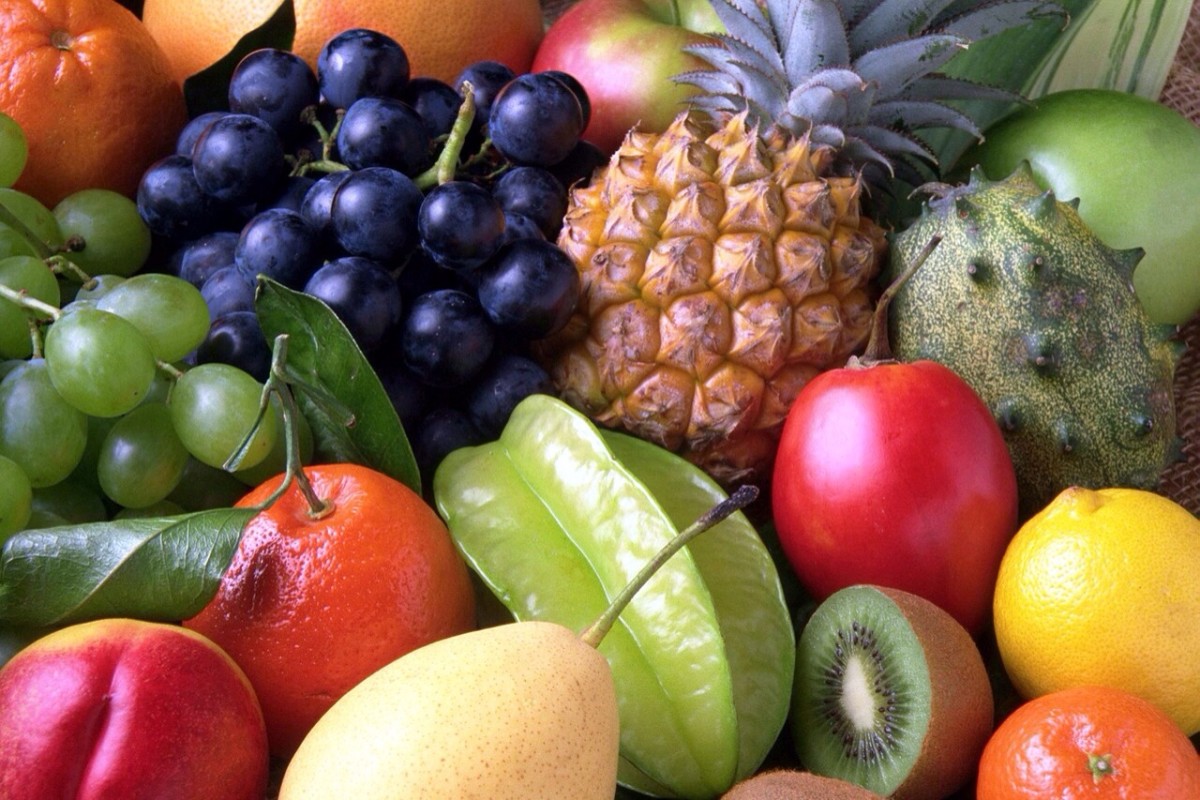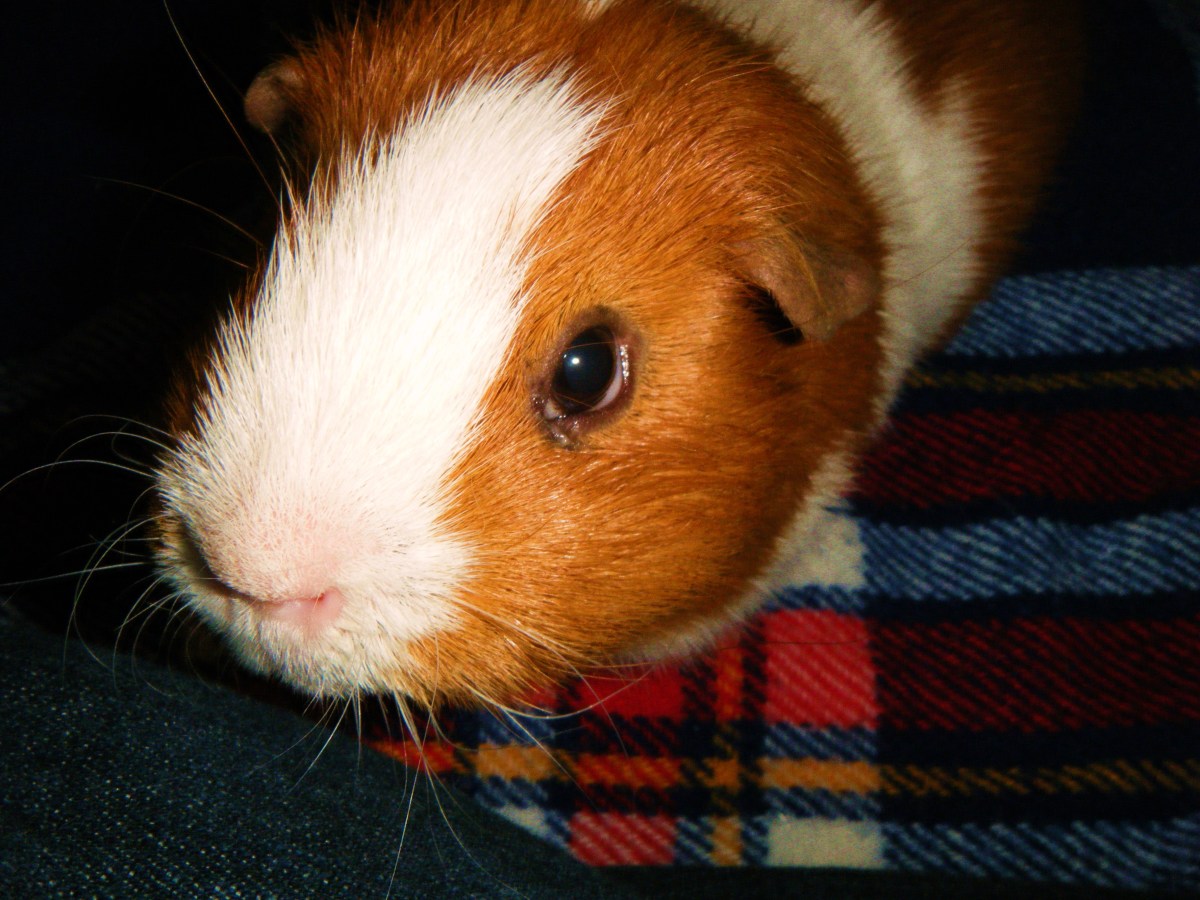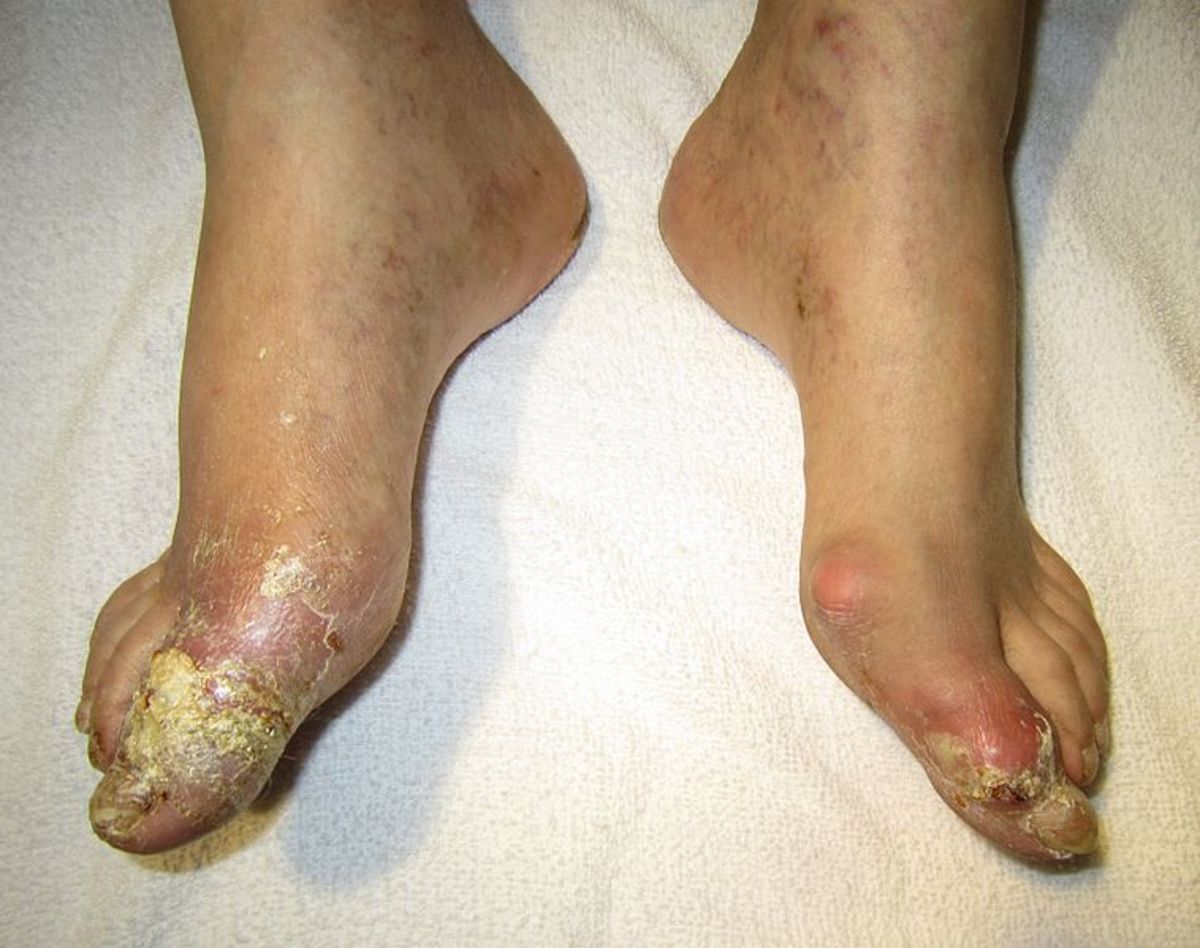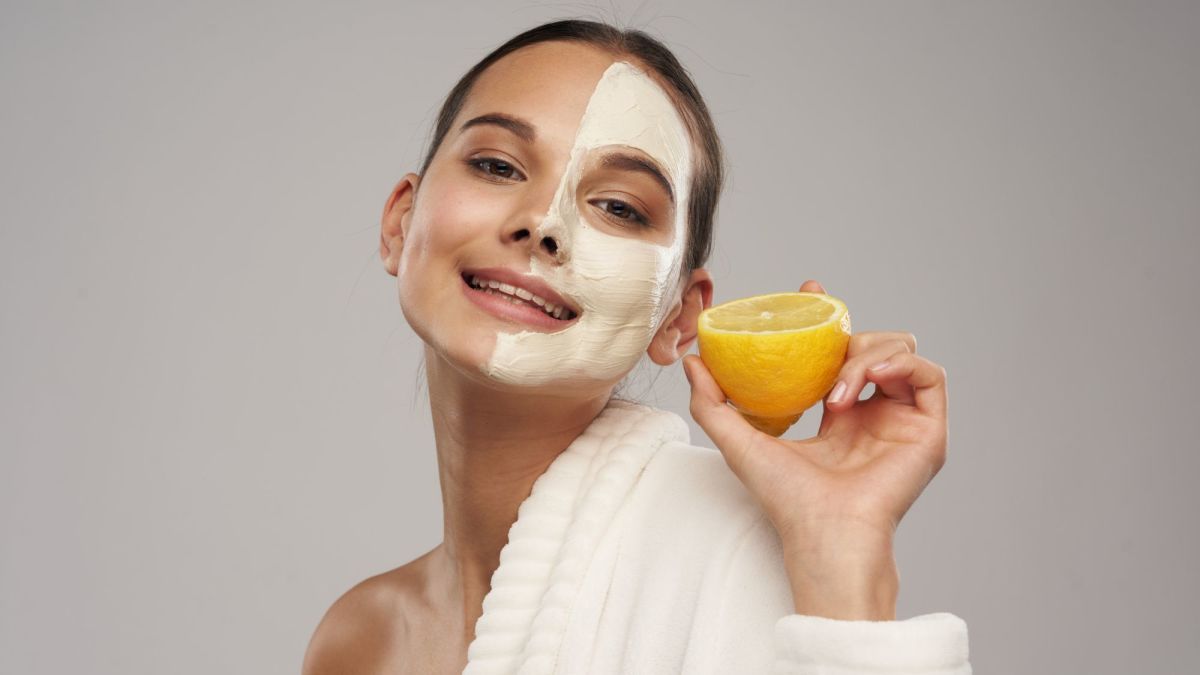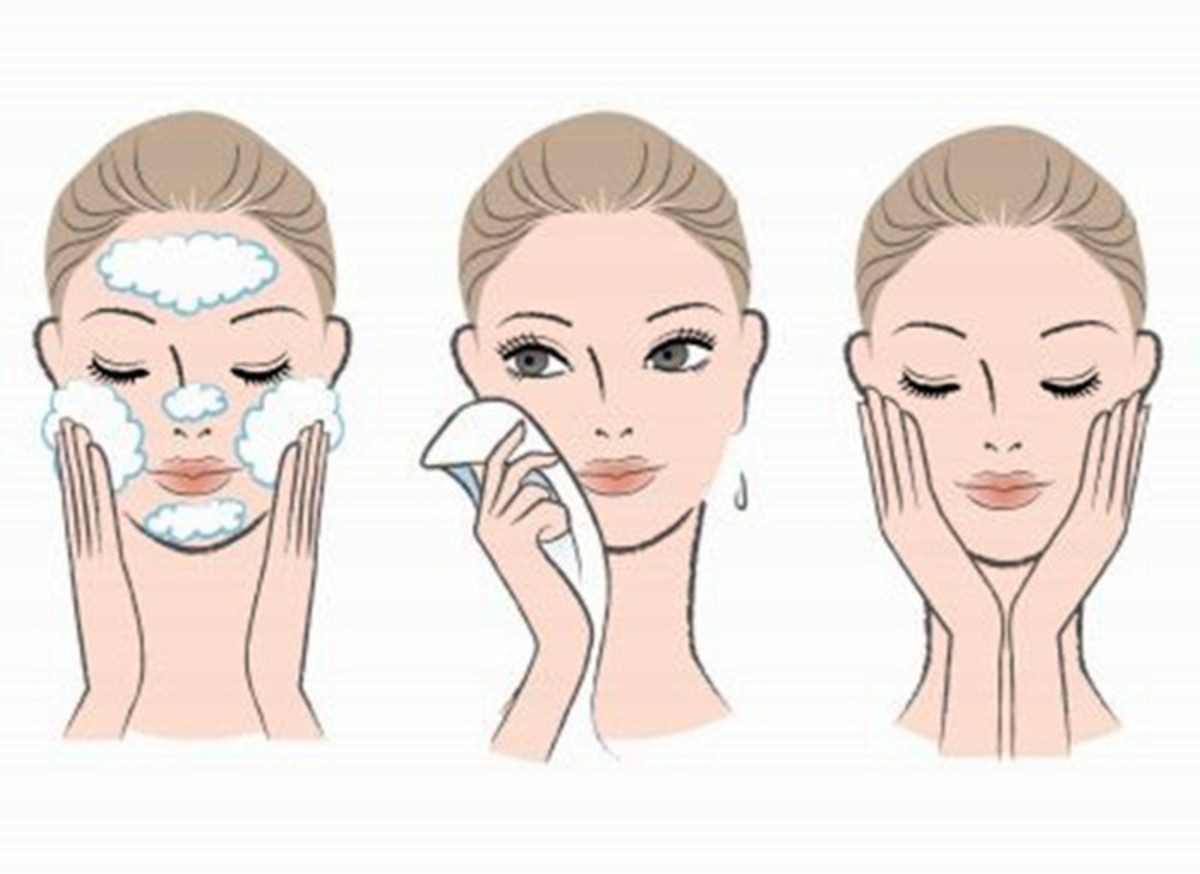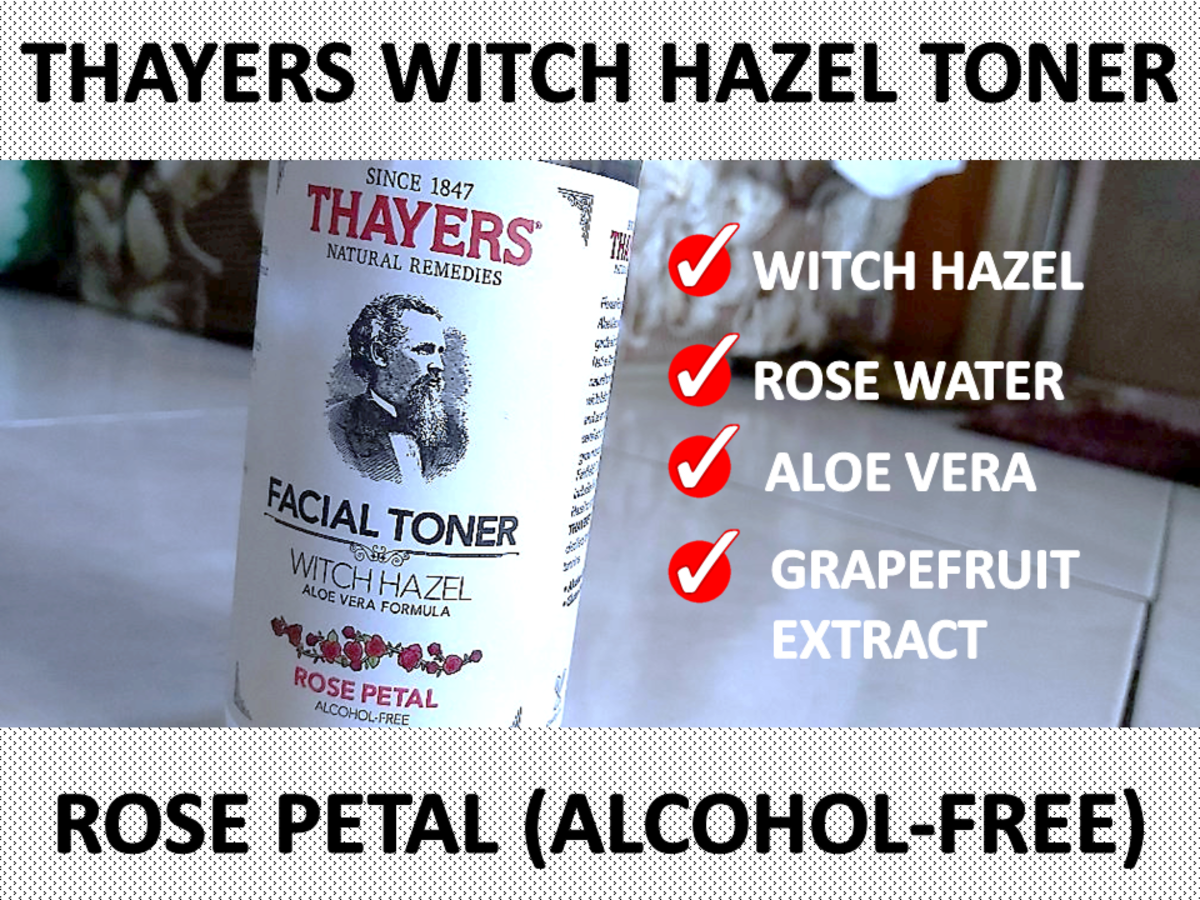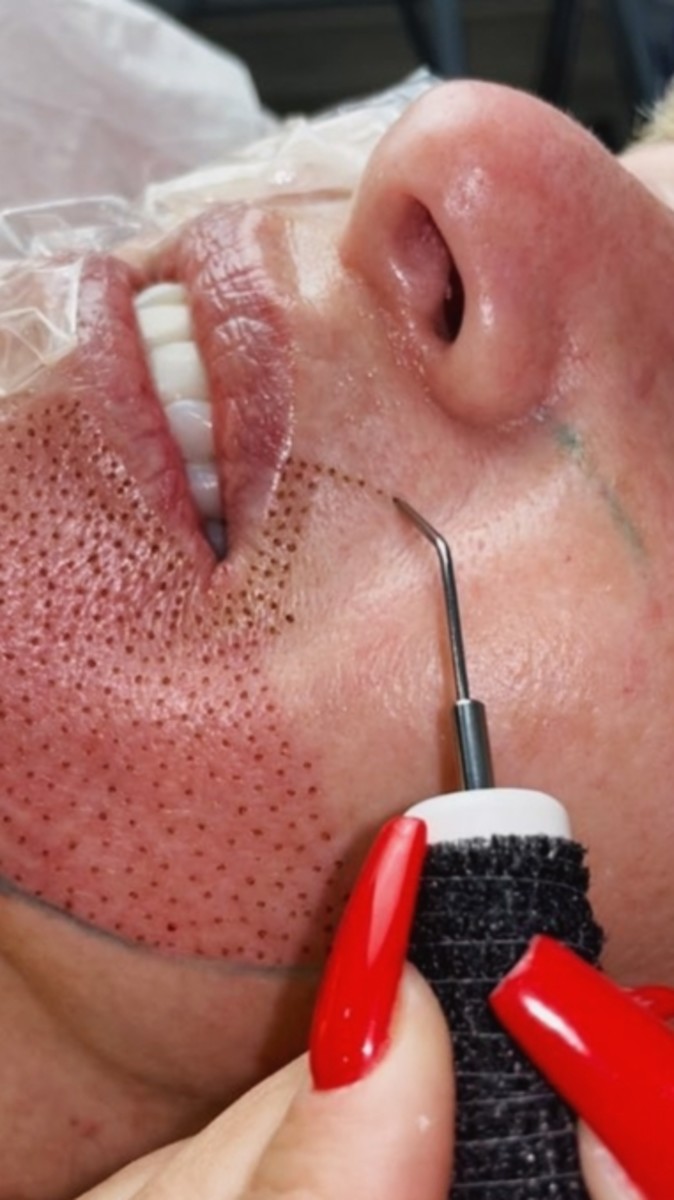Top Foods to Decrease Melanin and Brighten Skin

Getting brighter skin starts with knowing about melanin. Melanin makes our skin color. What we eat can change how much melanin we make. Eating the right foods can make our skin look even and bright.
A melanin reduction diet means eating foods full of good stuff. These foods help our skin stay healthy. By choosing the right foods, we can make our skin look brighter.
Key Takeaways
- Knowing about melanin is key for brighter skin.
- Eating foods with antioxidants and nutrients helps balance melanin.
- Some foods can naturally help our skin and lower melanin.
- Knowing what to eat can make our skin tone even.
- Adding the right foods to our diet is a good way to get brighter skin.
Understanding Melanin and Skin Pigmentation
Melanin helps protect our skin from UV rays. But too much can cause dark spots. Knowing about melanin is key for those wanting to lower its levels.
What is Melanin and Its Role in Skin
Melanin is a skin pigment made by cells called melanocytes. It gives us our skin color and protects us from UV damage. There are two kinds of melanin in our skin: eumelanin and pheomelanin.

Factors That Increase Melanin Production
Many things can make more melanin, like genetics, hormonal changes, and UV exposure. Knowing these can help manage melanin.
Why Some People Seek to Reduce Melanin Levels
Some want to lower melanin for a more even skin tone or to fix dark spots. A melanin reduction diet is a natural way to do this.
By knowing what affects melanin and eating right, people can work towards their skin goals.
How to Reduce Melanin in Skin by Food
Choosing the right foods can make your skin healthier and brighter. Knowing how certain nutrients affect melanin helps you make better food choices. This supports your skin's health.
The Science Behind Food's Impact on Melanin
Melanin production is controlled by the enzyme tyrosinase. Some nutrients can slow down this enzyme, reducing melanin. Foods with antioxidants and certain vitamins are key in this process.
Antioxidants fight oxidative stress, which can lead to more melanin. Eating foods rich in antioxidants helps lower melanin.
Nutrients That Inhibit Tyrosinase Enzyme
Some nutrients can block tyrosinase, including:
- Vitamin C: Found in citrus fruits and berries, it brightens the skin.
- Vitamin E: In nuts and seeds, it boosts skin health.
- Polyphenols: In green tea and some fruits, they have antioxidant powers.
How Dietary Changes Affect Skin Tone Over Time
Changing your diet can change your skin tone over time. Eating a balanced diet with fruits, veggies, and whole grains can even out your skin tone. Remember, it takes time for these changes to show on your skin.
A consistent and balanced diet and good skincare can make your skin brighter and healthier.
Vitamin C-Rich Foods for Skin Brightening
Eating foods high in vitamin C can help make your skin lighter. Vitamin C fights off bad stuff and makes skin healthier.
Citrus Fruits (Lemons, Oranges, Grapefruits)
Citrus fruits like lemons, oranges, and grapefruits are full of vitamin C. They taste great and are good for your skin. Eating them often can make your skin glow.
- Lemons have lots of vitamin C and flavonoids to lower melanin.
- Oranges are full of vitamin C and fight inflammation.
- Grapefruits have vitamin C and antioxidants for brighter skin.
Berries and Their Antioxidant Properties
Strawberries, blueberries, and raspberries are yummy and full of vitamin C and antioxidants. They protect your skin from harm and make it brighter.

Vegetables High in Vitamin C
Many vegetables are also good for your skin. These include bell peppers, tomatoes, leafy greens, and broccoli.
Bell Peppers and Tomatoes
Bell peppers and tomatoes are great for vitamin C. Bell peppers have antioxidants to fight stress. Tomatoes have lycopene to protect your skin from the sun.
Leafy Greens and Broccoli
Leafy greens like spinach and kale, and broccoli, are full of vitamin C. They keep your skin healthy and bright.
Recommended Daily Intake for Optimal Results
For the best skin, eat 1000 mg of vitamin C each day. But talk to a doctor before taking any supplements.
Glutathione-Boosting Foods for Melanin Reduction
Eating foods that boost glutathione is a natural way to lighten your skin. Glutathione is a strong antioxidant. It helps keep your skin healthy by stopping melanin production.
Understanding Glutathione's Role in Skin Lightening
Glutathione lowers the work of tyrosinase, the enzyme that makes melanin. More glutathione means lighter skin because it makes less melanin. It also keeps your skin safe from damage.
Sulfur-Rich Foods
Foods high in sulfur help make glutathione. Garlic and onions are full of sulfur. You can add them to your meals to help your glutathione levels.
Garlic and Onions
Garlic and onions help make glutathione. You can eat them raw or cooked. They're good in many dishes.
Eggs and Dairy
Eggs and dairy have sulfur too. They help make glutathione. Eating them helps keep your glutathione levels up.
Cruciferous Vegetables
Cruciferous veggies also help with glutathione. Broccoli and cauliflower are full of good stuff for your skin.
Broccoli and Cauliflower
These veggies have sulforaphane. It helps make glutathione. Eating them often helps your body fight off bad stuff.
Brussels Sprouts and Cabbage
Brussels sprouts and cabbage also have sulforaphane. They're good for your skin health. Adding them to your meals is a smart choice.
Whey Protein and Other Glutathione Precursors
Whey protein has cysteine, which is key for glutathione. Eating whey protein or other glutathione helpers can boost your glutathione. This is good for your skin and might make it lighter.
Additional Nutrients and Foods That Brighten Skin
Other nutrients are key to brightening your skin. Eating a variety of foods can make your skin look brighter and more radiant.
Vitamin E and Selenium Sources
Vitamin E is a strong antioxidant. It protects your skin and keeps it healthy. Here are some foods high in vitamin E:
- Nuts and Seeds: Almonds, sunflower seeds, and hazelnuts are great choices.
- Plant Oils: Olive oil, coconut oil, and grapeseed oil are also good sources.
Zinc-Containing Foods
Zinc is important for skin health. It helps with inflammation and healing. Here are some zinc-rich foods:
- Oysters and Seafood: Oysters, crab, and lobster are full of zinc.
- Legumes and Whole Grains: Chickpeas, lentils, and quinoa are also good sources.
Polyphenol-Rich Foods and Beverages
Polyphenols are antioxidants that protect your skin. They help it look brighter. Enjoy these foods:
- Green Tea and Dark Chocolate: Both are full of polyphenols and can brighten your skin.
- Berries and Pomegranates: These fruits are tasty and full of polyphenols.
Eating these foods can naturally brighten and even out your skin tone.
Creating a Complete Melanin-Reducing Diet Plan
To lower melanin levels, eat a variety of foods rich in nutrients. A good diet can make your skin brighter and more even.
Balanced Meal Ideas for Brighter Skin
It's important to eat balanced meals to reduce melanin. These meals should have vitamins, minerals, and antioxidants. They help stop melanin from forming.
Breakfast Options
Start your day with a healthy breakfast for better skin. Add foods high in vitamin C like oranges and grapefruits to your breakfast. Try oatmeal with citrus fruits and nuts for a great start.
Lunch and Dinner Recipes
For lunch and dinner, eat sulfur-rich foods like garlic and onions. Also, choose cruciferous vegetables like broccoli and cauliflower. Grilled chicken or fish with quinoa and steamed veggies is a good meal.
Skin-Brightening Smoothies and Snacks
Adding skin-brightening smoothies and snacks helps your diet. A smoothie with berries, spinach, and almond milk is tasty and healthy. For snacks, try raw nuts and seeds for antioxidants and healthy fats.
Foods to Avoid That May Increase Melanin
Some foods can make melanin levels go up. Avoid foods high in sugar, dairy, and processed meats. They can cause inflammation and darken your skin.
Consistency and Patience: Setting Realistic Expectations
A diet to reduce melanin is a long-term effort, not a quick fix. Stay consistent and patient. Your skin will get brighter with time and effort.
Conclusion: Combining Diet with Other Skin-Brightening Approaches
Eating the right foods can help make your skin brighter. Foods full of vitamin C and glutathione are great. They help stop melanin from making your skin darker.
Knowing which foods to eat can help your skin look better. This way, you can choose foods that help your skin stay bright.
But, eating right is just part of the story. You should also protect your skin from the sun and exfoliate gently. Sometimes, you might need to see a professional for extra help.
When you eat well and take care of your skin, you can get a glowing complexion. A mix of healthy eating, good skincare, and treatments can keep your skin looking its best.
FAQ
What foods can help reduce melanin in the skin?
Foods high in vitamin C, like citrus fruits and berries, help lower melanin. Leafy greens are also good. Foods that boost glutathione, like sulfur-rich foods and whey protein, also help.
How does vitamin C affect melanin production?
Vitamin C stops the tyrosinase enzyme. This enzyme is key in making melanin. So, vitamin C helps make skin look brighter.
Can dietary changes alone reduce melanin levels?
Dietary changes can help lower melanin levels. But, results can differ for everyone. A balanced diet, patience, and other skin care methods are also important.
Are there any specific nutrients that can help lighten skin tone?
Yes, nutrients like vitamin C and glutathione can brighten skin. Vitamin E, selenium, and zinc also help. Foods like citrus fruits and nuts are good sources.
How long does it take to see results from a melanin-reducing diet?
Seeing results from a diet can take time. It depends on your skin and how well you stick to the diet. Being patient and consistent is key.
Are there any foods that can increase melanin production?
Yes, some foods can make melanin levels go up. Foods high in copper or tyrosine should be eaten less. This can help lower melanin.
Can a melanin-reducing diet be combined with other skin-brightening approaches?
Yes, you can use a diet with other skin care methods. Topical treatments or professional procedures can help more.
Getting brighter skin starts with knowing about melanin. Melanin makes our skin color. What we eat can change how much melanin we make. Eating the right foods can make our skin look even and bright.
A melanin reduction diet means eating foods full of good stuff. These foods help our skin stay healthy. By choosing the right foods, we can make our skin look brighter.
Key Takeaways
- Knowing about melanin is key for brighter skin.
- Eating foods with antioxidants and nutrients helps balance melanin.
- Some foods can naturally help our skin and lower melanin.
- Knowing what to eat can make our skin tone even.
- Adding the right foods to our diet is a good way to get brighter skin.
Understanding Melanin and Skin Pigmentation
Melanin helps protect our skin from UV rays. But too much can cause dark spots. Knowing about melanin is key for those wanting to lower its levels.
What is Melanin and Its Role in Skin
Melanin is a skin pigment made by cells called melanocytes. It gives us our skin color and protects us from UV damage. There are two kinds of melanin in our skin: eumelanin and pheomelanin.
This content is for informational purposes only and does not substitute for formal and individualized diagnosis, prognosis, treatment, prescription, and/or dietary advice from a licensed medical professional. Do not stop or alter your current course of treatment. If pregnant or nursing, consult with a qualified provider on an individual basis. Seek immediate help if you are experiencing a medical emergency.
© 2025 Rina Kumari

